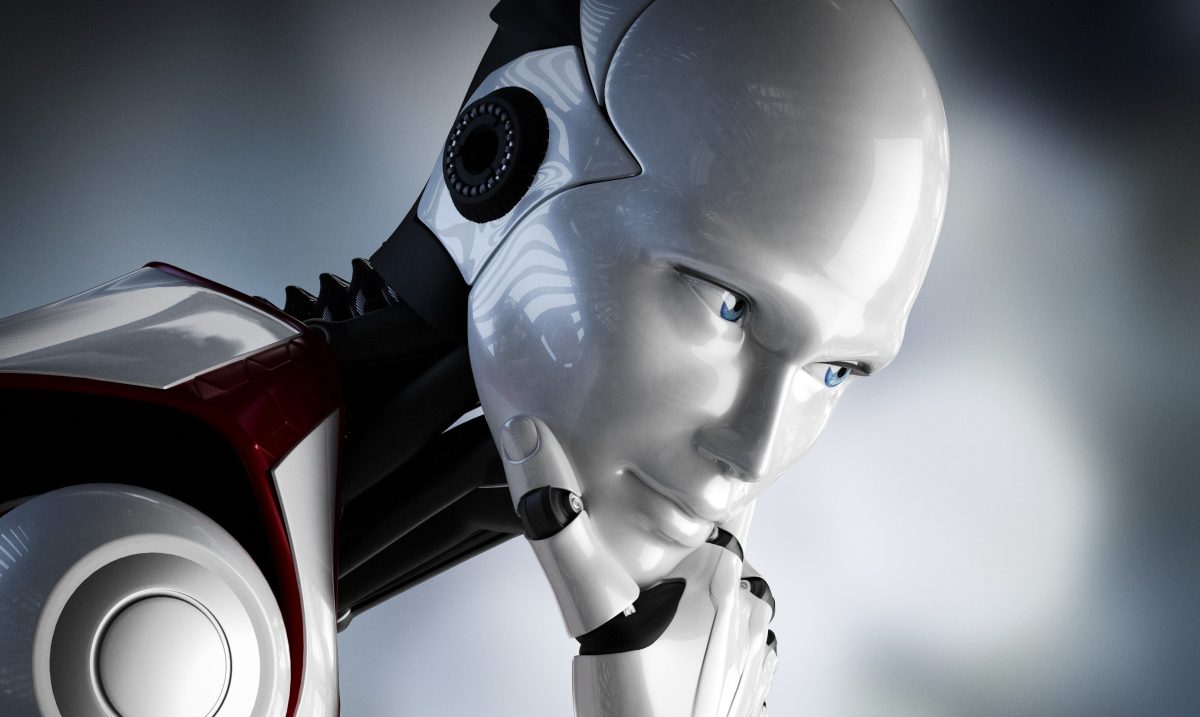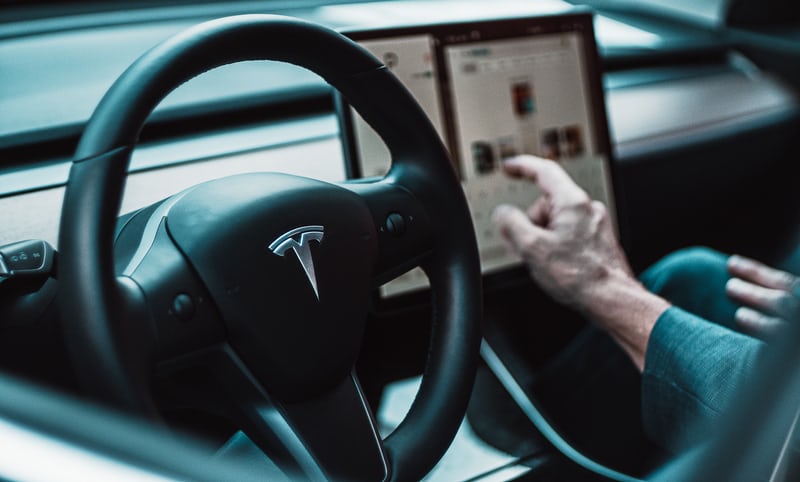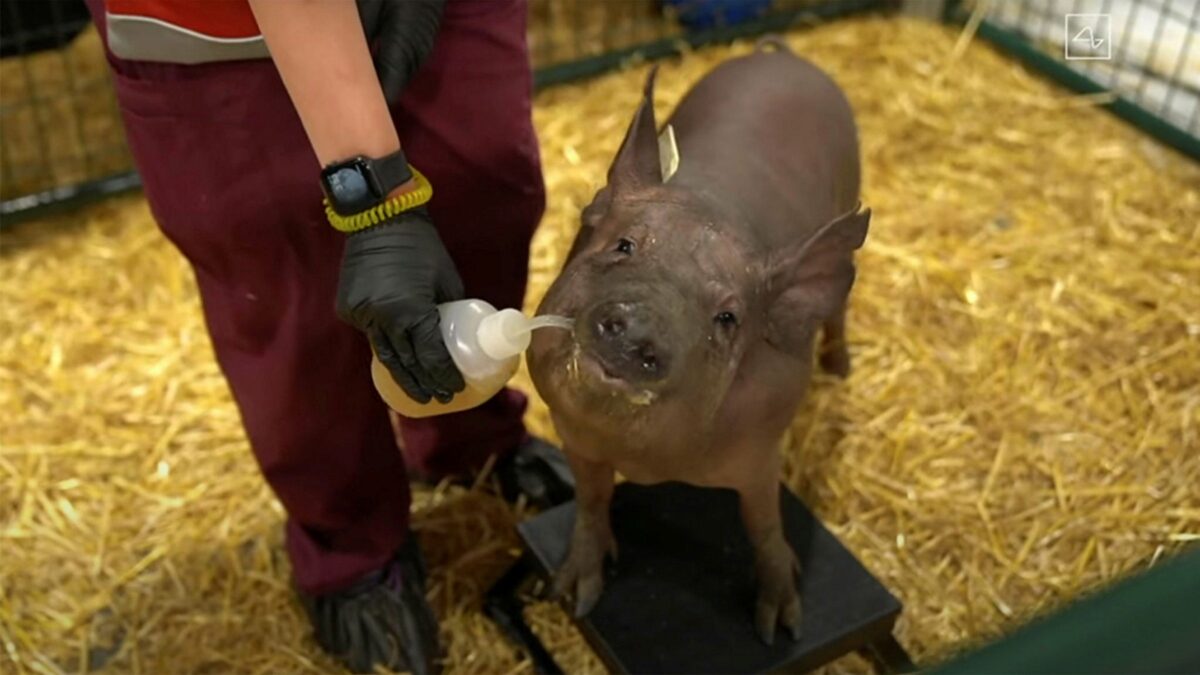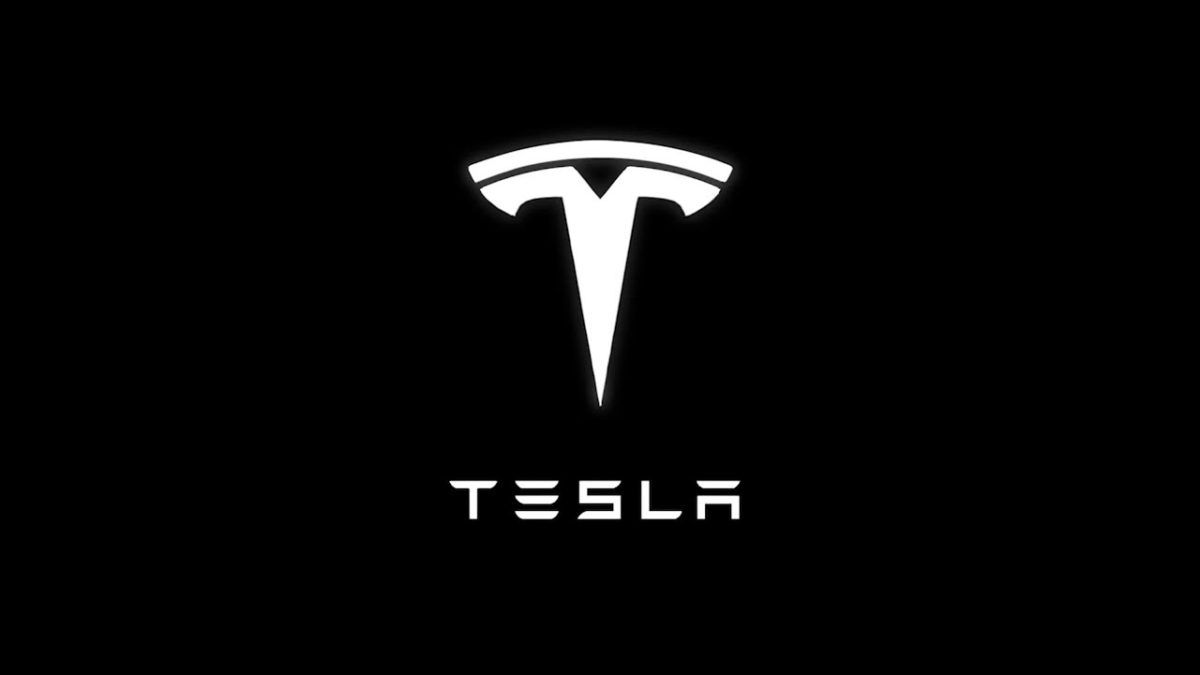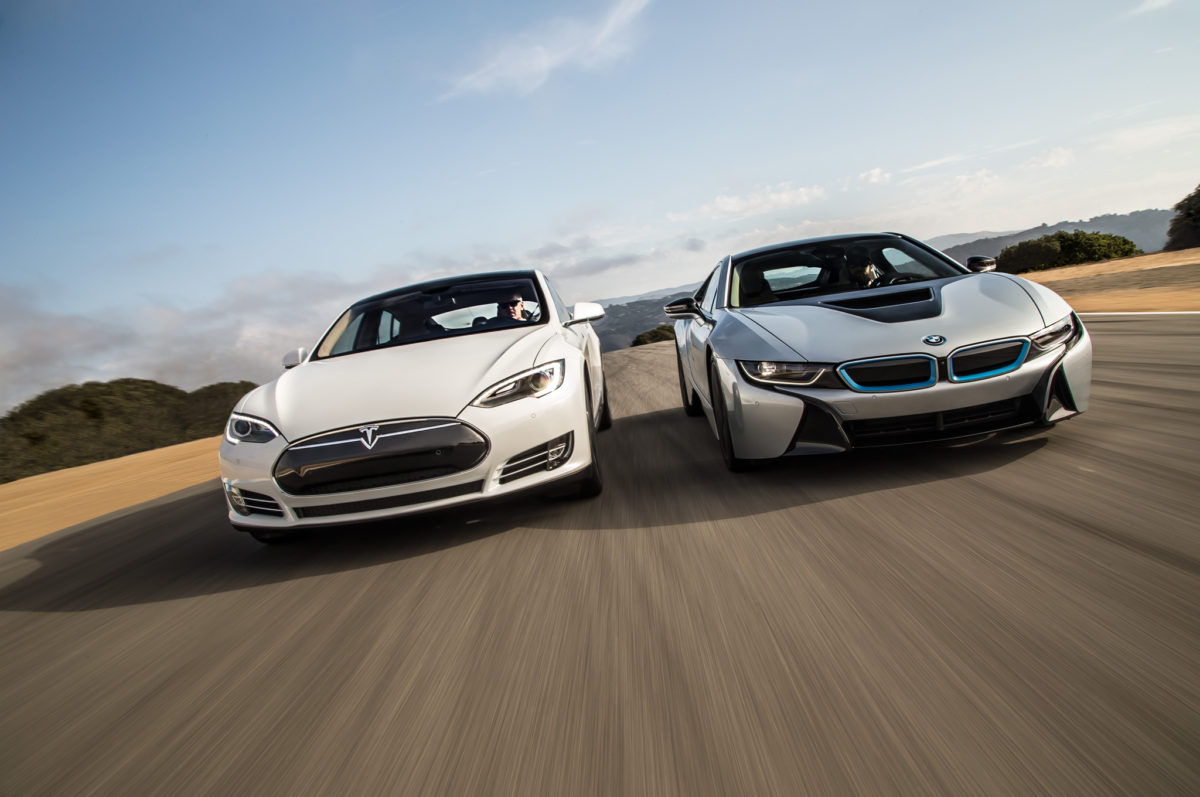5/5 (1) Reading Tech-Blogs nowadays, it seems like the days of traditional car manufacturers are numbered. Not only are they seen as producers of old, inefficient and not very innovative products, an image that has worsened thanks to Volkswagen’s self-made emissions scandal which has tainted the whole industry. VW, Ford and others also face a generation of consumers that increasingly sees owning a car as unnecessary, a development brought on by Uber and Lyft. And as if that was not enough, new competitors – be it an upstart like Tesla or technology behemoths like Google or Apple – are striving to wrestle market share from traditional players and revolutionize the car market with new technology – be it electric engines or driverless vehicles. But how bad is the situation really? Does the traditional car industry really run the risk of being disrupted as other industries have been before with all the catastrophic consequences this entails? Are BMW, Mercedes and Audi about to become the Nokias of the automobile industry?
To answer this question, it is useful to consider the Theory of Newly Vulnerable Markets (NVMs), developed by Eric Clemons and his colleagues. To fulfill the criteria for an industry that is ripe for disruptive innovation three conditions have to be met: it must be newly easy to enter, attractive to attack and difficult to defend. So let us examine whether these criteria are fulfilled in the automobile industry.
Newly Easy to Enter
Despite some recent technological developments, it seems that the automobile industry is still not easy to enter. Manufacturing and selling a car still requires investing huge amounts of both physical and human capital, a feat that is hard to achieve by start-ups, as they are notoriously under-funded (or so they say). It is no surprise then that the recent (aspiring) newcomers have deep pockets. A quick research on CrunchBase yields the result that Tesla raised approximately $2.37 billion over the course of the last 12 years. To some extent this was made possible solely by the support and connections of its founder Elon Musk. It is hard to see how any other start-up (that aims to actually manufacture goods) could raise that much money. And the efforts of Google and Apple in the car industry are made possible by these companies’ immense war chests, accumulated with profits from their core business. So if you are not Google or Apple and are not called Elon Musk, you will not be able to raise the huge capital outlays, necessary to bring a car to market and compete with the industry giants. Of course this does not change the fact that entry (whether it was easy or not) has already occurred. Furthermore, Uber’s popularity has the potential to undermine the traditional car manufacturers business models in the long-run.
Attractive to Attack
While the car industry is still not easy to enter, it would be an attractive target industry for an attack on the incumbents. Despite falling overall profit margins (due to intense competition), there clearly exists a product profitability gradient, inviting opportunistic pickoff of the more profitable segments. Although exact profit margins for specific models are hard to come by (most car manufacturers only publish total company profitability), it is a well-known fact that premium cars enjoy higher profits margins than low-end models. Therefore, “cherry picking” the high-end customers first, is possible. Tesla has successfully implemented such a strategy by first introducing its high-end Model S (base price: $66.000) before penetrating the mass market with its new Model 3 (base price: $35.000) that is due to hit the streets in 2017.
There is another factor that makes the car manufacturing sector attractive for attack. With recent technological advancements, the driverless car seems an achievable goal within the next two decades. This will bring a tremendous shift in the way we move, as car manufacturers will become “mobility company[ies]”, according to Ford’s CEO Mark Fields. Whoever comes to dominate this market will surely reap immense profits. This is the reason why technology giants such as Google and Apple have become interested in automobile manufacturing.
Difficult to Defend
This leads us to the last condition for NVMs: the difficulty of defending the car industry. Here the picture looks ambiguous. While traditional car companies (especially German ones) are still dominated by engineers and their often inflexible and narrow way of thinking. This could become a burden when competing against companies with a more agile and creative mindset and therefore a higher capacity to innovate.
However, there are a few silver linings that give hope that not all is lost for traditional car makers. First, some of them own hugely popular brands. In some cases, these have been built over the run of almost a century. Other forms of intangible capital that give incumbents a defensive advantage, are the complex supplier networks that also are the result of years of cooperation between companies in the car manufacturing supply chain and the specialized knowledge, accumulated in the employees of big manufacturers. Finally, the incumbents have realized the need to innovate and have started to develop new business models (e.g. Moovel by Daimler) or investing heavily in R&D of future technologies like electric vehicles and driverless cars (e.g. the decision of many German car makers to dramatically increase their electric vehicle fleet).
Conclusion
So back to the initial question: are Ford, Mercedes and Toyota (or other manufacturers) the next Nokias? In my opinion they are not. While it is true that incumbents of the automobile industry face unprecedented challenges, they also have decades of experience in their industry. Tesla’s recent difficulties in scaling up production and in dealing with the first driverless fatal crash have shown that the regulatory environment and the economics of the car industry as well as its engineering challenges are harder to navigate than the classical technology market from which the new challengers originate. Even Apple seems to have run in difficulties in developing its driverless car, firing dozens of employees working on “Project Titan”. Combining their unique industry knowledge with an openness to innovation both in technology and business model, will enable today’s car manufacturers to take on Google, Apple, Tesla and Uber.
Don’t expect a mass extinction of big car brands just yet!
Sources:
Clemons, E. K., Gu, B., and Lang, K. R. Newly vulnerable markets in an age of pure information
products: an analysis of online music and news. Journal of Management Information Systems, 19, 3,
(winter 2002-2003), 17-41.
https://www.crunchbase.com/organization/tesla-motors#/entity
http://www.thecarconnection.com/overview/tesla_model-s_2016
http://uk.businessinsider.com/ford-ceo-mark-fields-interview-2016-3?r=US&IR=T
http://t3n.de/news/bmw-elektroautos-744882/ (Source in German)
http://www.nytimes.com/2016/09/10/technology/apple-is-said-to-be-rethinking-strategy-on-self-driving-cars.html?_r=1&utm_source=affiliate&utm_medium=ls&utm_campaign=hL3Qp0zRBOc&utm_content=355861&utm_term=1&siteID=hL3Qp0zRBOc-cyn_bCjerUifNi5Eavmxrg
